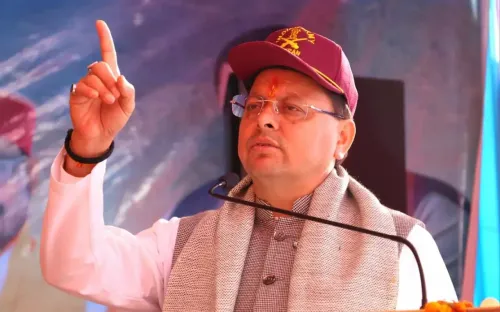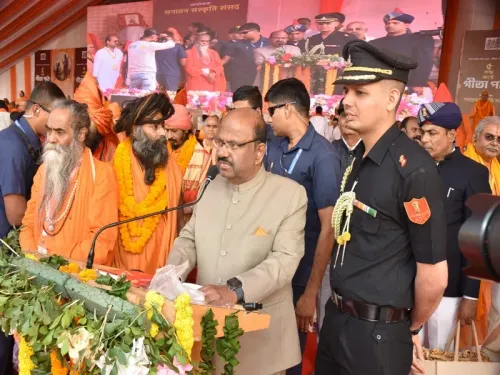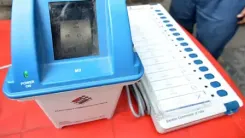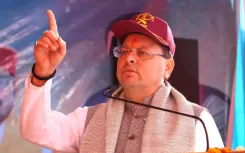Jal Shakti Minister Unveils 2024 Groundwater Quality Report
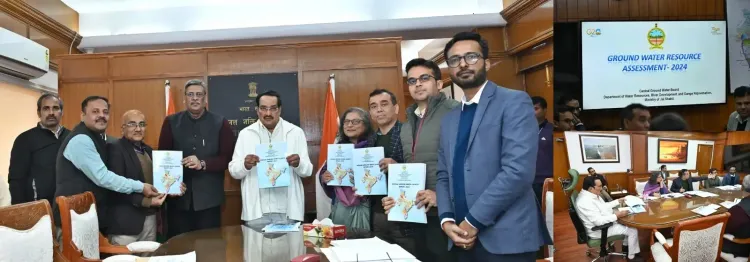
New Delhi, Dec 31 (NationPress) The Union Minister of Jal Shakti, C. R. Patil, officially released the Annual Ground Water Quality Report for 2024 on Tuesday, providing essential insights into variations in groundwater quality across both spatial and temporal dimensions.
The assessment of groundwater quality was conducted by the Central Ground Water Board (CGWB), enabling the formulation of appropriate remedial actions and strategic planning by various stakeholders.
This report marks the first instance of adopting a Standard Operating Procedure (SOP) for groundwater quality monitoring, ensuring consistency in data gathering, analysis, and interpretation. The application of internationally recognized methods further bolsters the credibility and technical rigor of the findings, as stated in the report.
It offers a thorough analysis of groundwater quality across the nation through background monitoring, trend analysis, and hotspot identification. The report is backed by a robust dataset collected from over 15,200 monitoring locations and detailed assessments at 4,982 trend stations.
This report acts as a vital scientific baseline for policymakers, researchers, and stakeholders involved in groundwater management. The data-driven methodology and evidence-based conclusions lay a solid foundation for informed decision-making, aimed at improving groundwater sustainability, reducing contamination risks, and encouraging adaptive water usage practices.
Notable figures present at the event included Debashree Mukherjee, Secretary of the Department of Water Resources, River Development and Ganga Rejuvenation; Subodh Yadav, Additional Secretary (Admin, IC & GW) of the Jal Shakti Ministry; and Sunil Kumar Ambast, Chairman of CGWB.
The report highlighted that in terms of cation chemistry, calcium is the predominant ion, followed by sodium and potassium. For anions, bicarbonate is the most common, trailed by chloride and sulphate. This suggests that the overall water quality in the country is primarily of the calcium-bicarbonate type.
It also pointed out that certain areas experience sporadic contamination from nitrates, fluoride, and arsenic.
Seasonal trends noted in parameters like Electrical Conductivity (EC) and fluoride indicate the beneficial effects of monsoon recharge, which enhance water quality.
From an agricultural standpoint, the analysis of Sodium Adsorption Ratio (SAR) and Residual Sodium Carbonate (RSC) reinforces the overall suitability of groundwater for irrigation, with over 81 percent of samples meeting safe thresholds. However, localized concerns regarding elevated sodium content and RSC values necessitate targeted interventions to avert long-term soil degradation.
The report concluded that 100 percent of groundwater samples from the North-Eastern states are categorized as excellent for irrigation.



